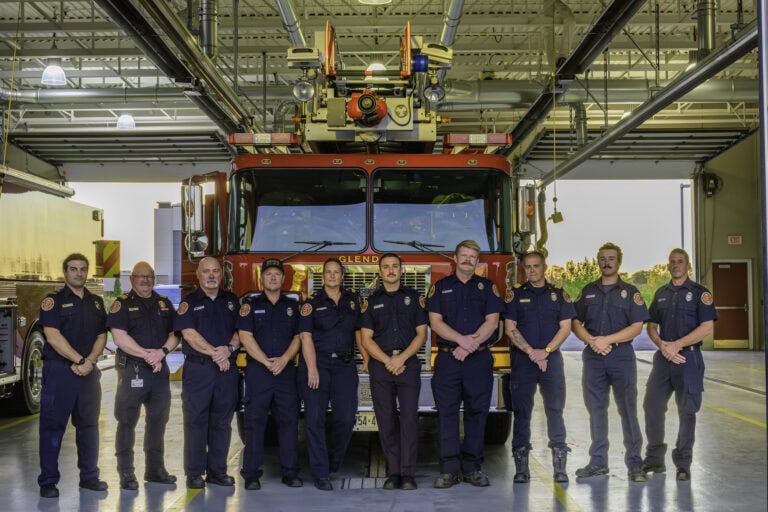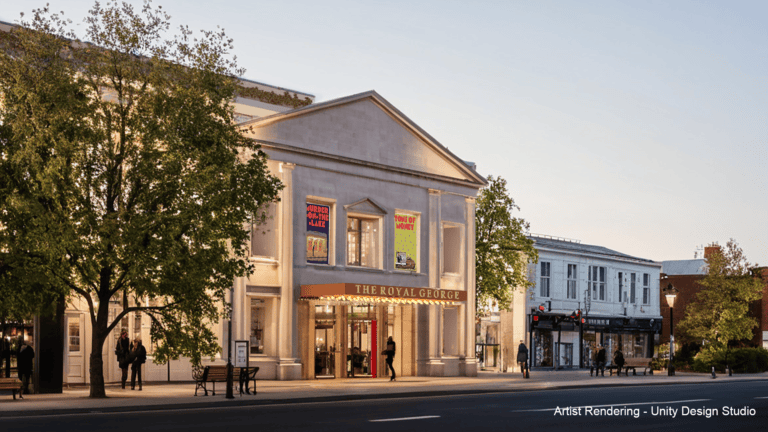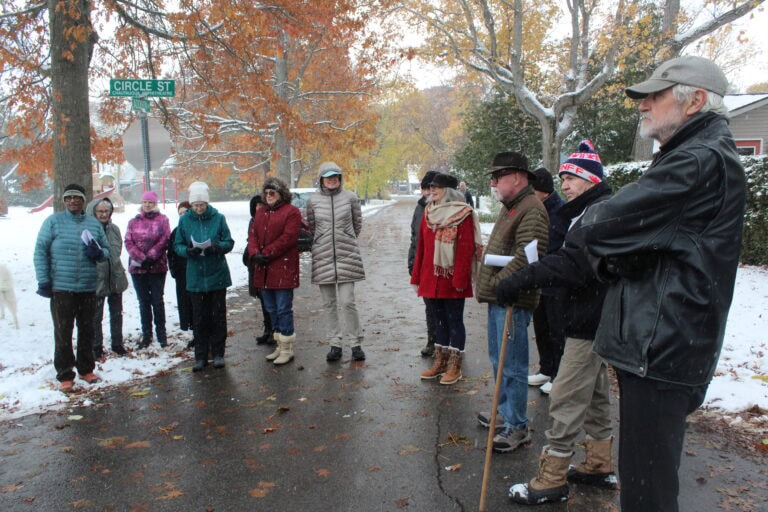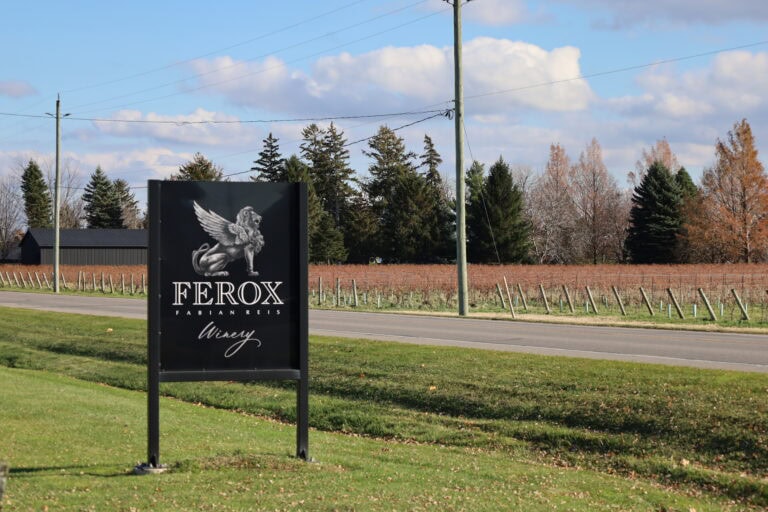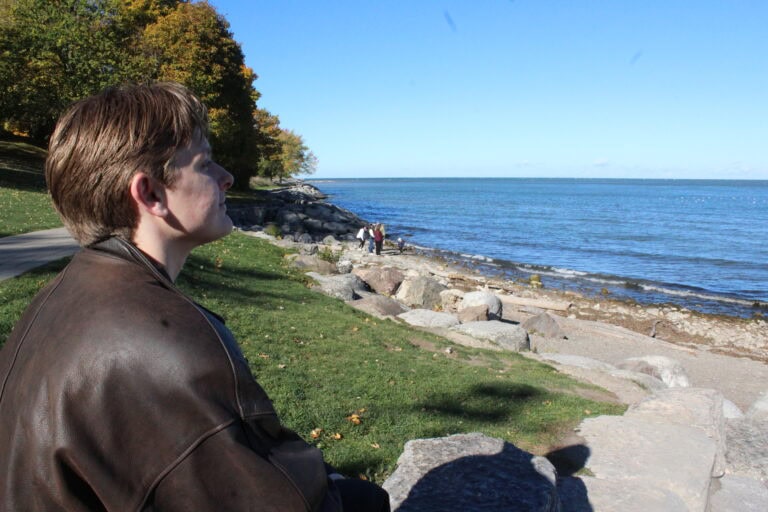Anyone driving through the local roads of Niagara-on-the-Lake in the next little while will need to mind their meter and slow down by 10 kilometres an hour.
NOTL’s council voted to lower the default urban speed limit to 40 km/h, down from 50 km/h, though the decision sparked controversy over whether the town followed through on a traffic report it was asked to complete.
The new speed limit will apply to local urban roads but not to regional or provincial routes. Additionally, the town made the change permanent in Chautauqua, reducing the speed limit there to 30 km/h after a successful one-year pilot project from 2023 to 2024.
Corporate communications lead Marah Minor said studies like this informed council’s decision to lower the limit.
“This work was built on earlier localized studies,” she said.
To implement these changes, the town has allocated $30,000 — this money will come from the $134,484 that the town is getting this year from Niagara Region’s Vision Zero Road Safety program.
Minor said the change was brought about in response to a long period of concern.
“The town has conducted speed-related reviews for more than a decade, with neighbourhood concerns dating back to the early 2010s,” she said.
“However, the more structured, town-wide approach began in 2024, when staff initiated comprehensive traffic data collection, including speed, volume, and road-use assessments on key road segments.”
However, the meeting also saw Coun. Sandra O’Connor challenge town staff on whether they had conducted a traffic safety audit that was part of the 2024 budget before introducing the new speed limits.
Chief administrator Nick Ruller explained that the town would rely on findings from a 2012 study instead of commissioning a new report, which could cost between $80,000 and $100,000.
O’Connor expressed her frustration, stating that communities like Queenston had been told not to implement speed reductions while awaiting the study.
“For two years I’ve been hearing about this, and you’re saying we’ve never done it?” she asked.
Ruller responded that the report had not been completed because the town lacks the resources to do so, even though council approved it.
He explained that staff decided to prioritize addressing speed concerns on rural roads, which they did earlier this year, lowering the limit to 70 km/h from 80 km/h in late August.
O’Connor countered that the issue wasn’t the absence of a consultant, but that council had been led to believe one would be hired when, in fact, this had not happened.
Ruller said that council could either accept staff’s recommendations on the speed limits or opt for a new consultant.
Coun. Adriana Vizzari raised concerns about the classification of Tanbark Road and Queenston Street as local roads.
Darren MacKenzie, manager of public works, said the roads could be reclassified as local if council approves the change.
During the debate on speed limits, Coun. Gary Burroughs also inquired about the future of the speed cameras at Crossroad and St. Davids schools, which had been operated by Niagara Region.
“We’ll wait to hear from the region,” Ruller replied.





